Kumbhalgarh Fort Rajasthan- story of an invincible fort
We call it India’s Great Wall ! It is 36 kilometres long and 15 feet wide, and two cars can run side by side on the wall. Welcome to the Kumbhalgarh fort , Rajasthan. This fort is about beauty, architectural majesty and yes stories around it. Kumbhalgarh Fort, along with five other forts of Rajasthan, was declared a UNESCO World Heritage Site in 2013. The fort is so huge that it houses more than 300 temples . In fact after the Great Wall of China, Kumbhalgarh Fort’s peripheral wall is the longest one in the world.
History of Kumbhalgarh fort
The original fort was known as “Machhindrapur” named after the village Machhind though Sahib Haqim, a historian has mentioned it as Mahore in his chronicles. The original fort is believed to have been built by King Samprati , the great grandson of Emperor Ashoka of the Maurya dynasty during the 6th century. However, not much has been written about it till 1303 AD, when Allauddin Khliji invaded Kumbhalgarh. Perhaps the fort was insignificant during that period
Kumbhalgarh fort, in its current avatar was built by Rana Kumbha of the Sisodia Rajput clan. He was the Rana of Mewar and he had summoned the famous architect of the era, “Mandan” for this job. Rana Kumbha’s kingdom of Mewar stretched from Ranthambore in Rajasthan to Gwalior in Madhya Pradesh and included large tracts of erstwhile Madhya Pradesh as well as Rajasthan. It is believed that Rana Kumbha had built 32 of the 84 forts in his province, of which Kumbhalgarh is the largest. The fort remained invincible to direct assault.
Why is Kumbhalgarh known as an impregnable fort?
The fort was attacked by many invaders. As per the records it was Allauddin Khalji in 1303 , Ahmed Shah I of Gujrat in 1457, Mahmud Khalji many times between 1458 to 1467, and Shahbaz Khan in 1576. The fort was attacked many a times over these 300 odd years. Akbar’s general, Shabhbaz Khan, is believed to have taken control of the fort in 1576, and that too by a treacherous poisoning of its water supply. But it was recaptured by Maharana Pratap, the great grandson of Rana Kumbha in 1585.
What made the Kumbhalgarh fort invincible ?
The fort was built to last and withstand the enemy. It is built on a hilltop, which is 3600 feet above the sea level on the Aravalli range and is encircled by 13 mountain peaks.
The outer walls of the fort are more than 15 feet thick, and there are seven massive gates and seven massive ramparts, strengthened by rounded bastions and watchtowers. The solid foundation and the massive walls (broad enough for eight horses to stand side by side ) have ensured that the fort served its rulers well and continues to be in a very good form even today.
A dedicated team of masons, architects, and labourers worked round the clock for 15 years to build Kumbhalgarh. This wall not only protected the people, but also the fertile land and the 360 fort temples that it housed.
The sharp turns inside the fort complex were made to ensure a slow movement in case enemy barged into the fort. The fort has dark congested stairs which was meant to act as an obstacle for the invading army. One had to climb on a steep ramp like path( more than 1 km) to reach to the main fort. Clearly this fort is an example of intelligent defence strategy or sometimes I feel is it something like a pump priming expenditure to generate employment and revive the economy. Though the defence strategy sounds more plausible !
Legend and Myths around Kumbhalgarh
It is said that Maharana Kumbha had failed multiple times in constructing the fort, and whatever work was carried out during the day, used to get destroyed during the night. Then a saint suggested a voluntary human sacrifice as a remedy. No one from the kingdom volunteered and hence the saint offered himself for the sacrifice. However, he had a few conditions…
The saint asked the King to follow him while he climbs the hill. And said that the point where he stops while climbing should be the entrance of the fort, the place where he stops the second time would be the spot for beheading him , and a temple should be built wherever his head falls. The place where the rest of the body falls will be the Palace. There is a temple at the main entrance ‘Hanuman Pol’ of the fort to commemorate the great sacrifice.
What is are the top things to see in Kumbhalgarh fort ?
The Fort Itself
There are stories around foiled attempt to capture the fort. The one time it was captured was through treacherous poisoning of the water supply inside the fort. In fact there was another occasion, when a young florist, was bribed by the enemy. She had distributed flower petals along the secret path to show the way. The plot was foiled, and the girl was bricked alive in the outer wall. An exemplary punishment which would have deterred future traitors! There is a small, white coloured painted outline of a woman on the wall which apparently is the site where she was executed
It is said that Maharana Kumbha used to light a giant lamp using 100 kg cotton and 50 kg ghee to provide light to the farmers working in the farms at night. The brightness of the lamps used to reach up to many miles. The fort consists of more than 300 Hindu and Jain temples, along with a Yajna Shala.
Neelkanth Mahadeo Temple
Dedicated to Lord Shiva, this temple boasts of a 6 feet tall stone Shivlinga . As per legend, Rana Kumbha used to worship the deity in this temple every day. The king was so tall that he used to sit on the temple’s floor for offering prayers. And this devout king was beheaded by his own son in the same temple, while offering prayers to the Lord.
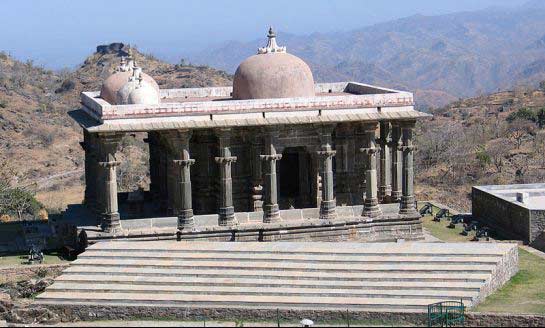
Badal Mahal (Palace of Clouds)
Situated at the top of the Kumbhalgarh Fort, this two-storied structure is divided into two interconnected distinct portions, namely, the Mardana (for males) Mahal and the Zanana (for females) Mahal. The rooms are painted with pastel-coloured murals of the 19th century.
The Zanana Mahal had a mesh made up stone to facilitate private viewing of court proceedings and other events by the queens.. The series of ducts and mesh in the rooms were also meant draw cool air into the rooms and ventilate them. Traditional method of creating ‘air conditioning’ …
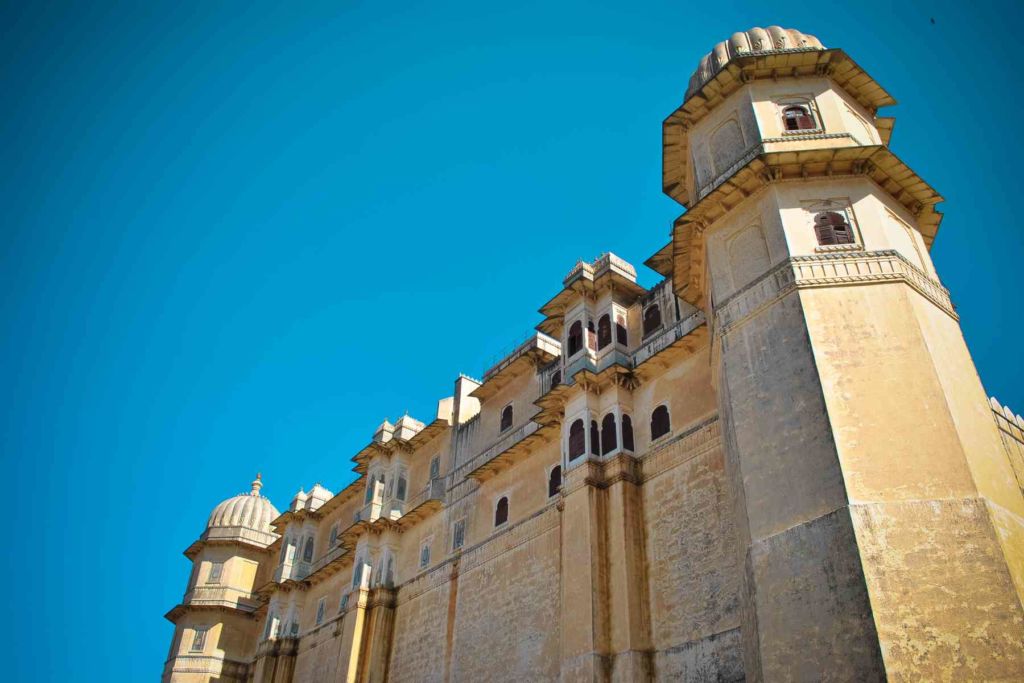
Parshuram Temple
It is believed that Parshuram used to meditate inside this cave where the Parshuram Temple has been built. This cave temple has shrines of Lord Ganesh and nine holy kunds(water body) which never runs out of water. One needs to climb down approximately 500 steps to reach this temple.
Mammadev Temple
This temple is dedicated to Kuber (lord of wealth) and is located below the Kumbhalgarh fort. There are two cenotaphs in memory of Rana Kumbha and Prithviraj Chauhan.
Muchchal Mahavir Temple
This temple is dedicated to Jain Tirthankar Mahaveera and has a statue of Lord Mahavira with a moustache.
Vedi Temple
Dedicated to Goddess Vedi, this Jain temple was built by Rana Kumbh and was later renovated by Maharana Fateh Singh .
Now on to something funny
The royal restroom of the Queen is a domed chamber with four Indian style toilets with the hole going 100 feet below to feed the scavenging pigs.
Wild life around the fort
Kumbhalgarh Fort is surrounded by a Wildlife Sanctuary which is home to various wild animals like chinkara, leopard, sloth Bear, Antelope, jackal, sambhar, nilgai and hyena and many species of birds .
Downfall of Kumbhalgarh
Rana Kumbha was killed by his own son Udai Singh I in 1468, a few years after Kumbhalgarh was built and the fort lost its glory for many decades. In 1535, when Bahadur Shah of Gujarat conquered Chittorgarh, the heir Udai SinghII was sent to Kumbhlgarh for safety. His coronation ceremony was doen in Kumbhalgarh fort and his son Maharana Pratap was also born there.
Udai Singh II founded Udaipur and Maharana Pratap became a great warrior who refused to succumb to the Mughal army. The battle of Haldighati ( year 1576) was fiercely fought by Maharana, though he lost the battle and had to escape. The Mughals captured the fort treacherously in 1579 and occupied it for a few years, until Maharana Pratap reclaimed it from them in 1582.
However, in 1615, Maharana Pratap’s son, Rana Amar Singh surrendered to Mughal Emperor Jehangir and Kumbhalgarh’s strategic importance started declining. After this episode the fort again changed hands from Mughals to Marathas and finally to East India company in the 18th century.
It is surprising how shortlived the forts and palaces and kings were. To know more about the longest running dynasty of India click here.
But despite all this, Kumbhalgarh fort is still one of the best preserved forts in India. Exploring Kubhalgarh is a full day affair but it is totally worth it.
For more such historical experiences in India, you could take a look at the article on Indian history from Indus Valley Civilization to Modern History
In case you are keen on traveling to Kubhalgarh fort and Rajasthan , you could take a look at the itinerary of Rajasthan and cover Kumbhalgarh as a part of this itinerary.
India is not just about history. In fact, there are many more facets to this ancient land – culture, spirituality, mystery, nature, wildlife and so on. Read more about how to explore the different facets in destination India .
How to reach Kumbhalgarh ?
Kumbhalgarh is around 85kms from Udaipur , which is well connected with all the major cities of India .
Best time to visit Kumbhalgarh
The best time to visit Kumbhalgarh is between October to March . Monsoon is also great, as the place is surrounded by forest. Summers are to be avoided.

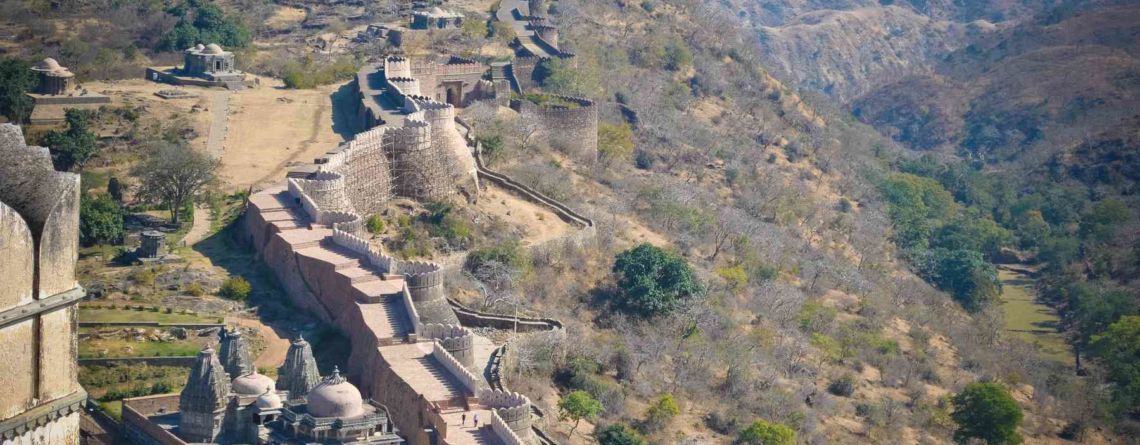
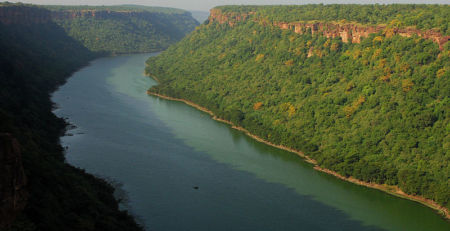
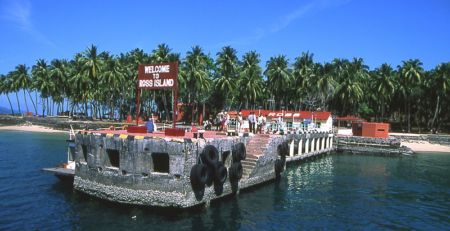
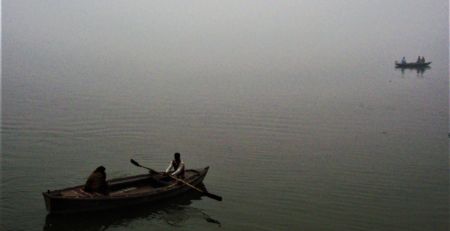
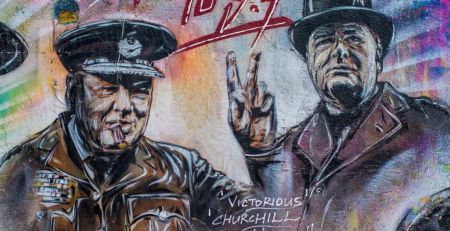
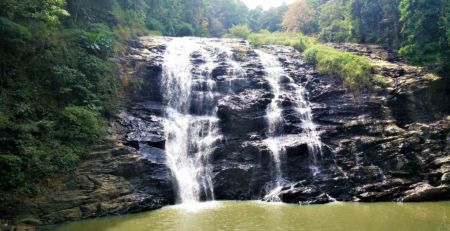
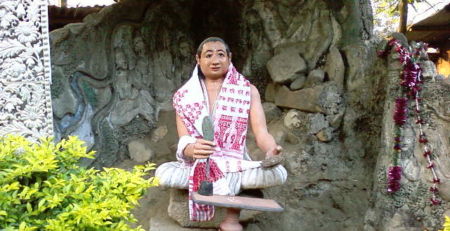
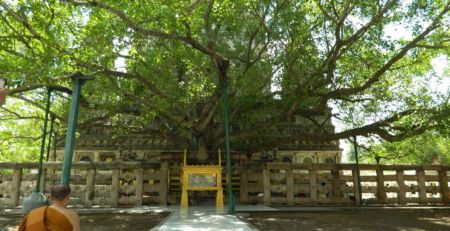
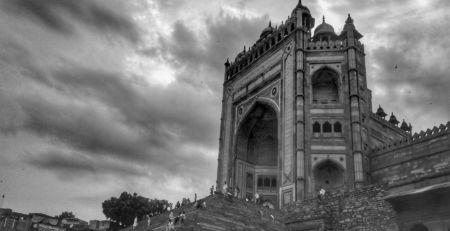
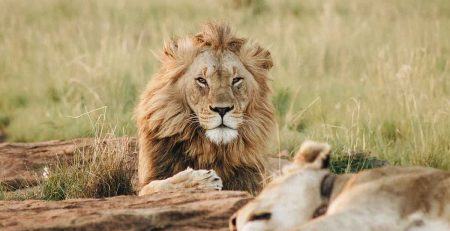
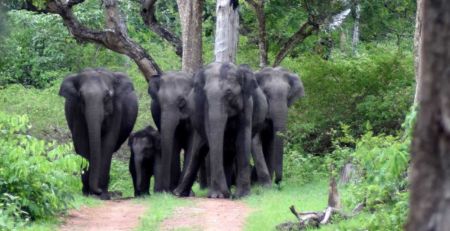
Leave a Reply